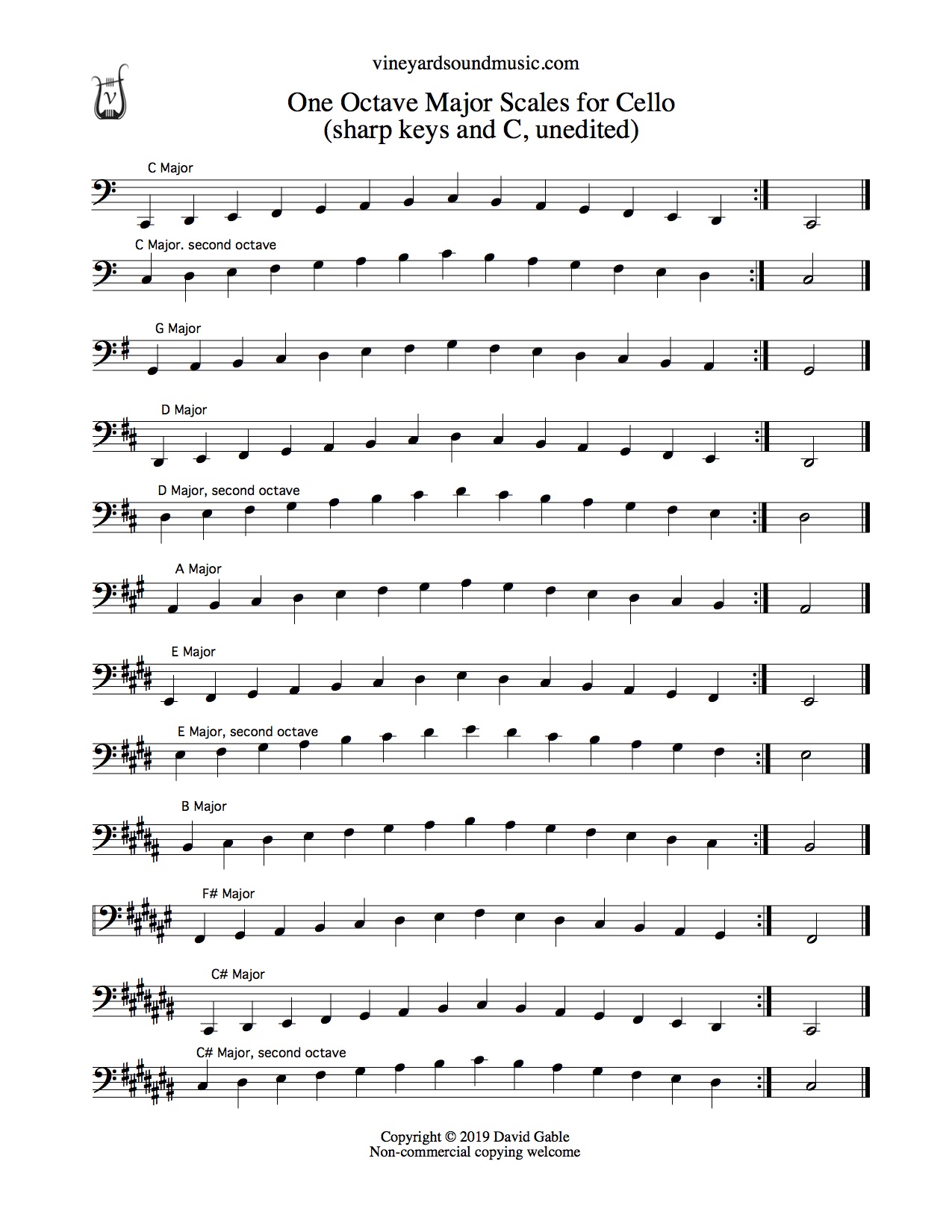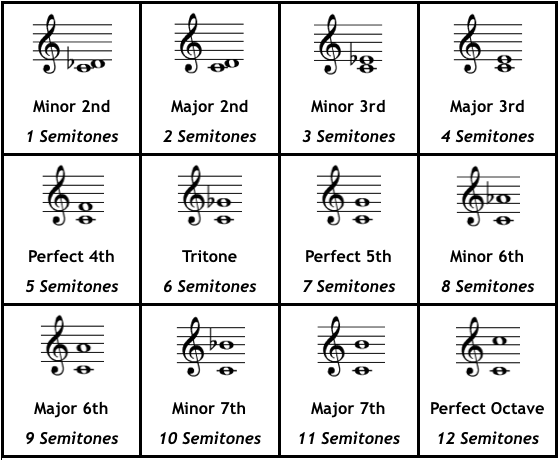

In minor keys all three are minor chords. In minor keys, as in major keys, the chords of first, fourth, and fifth degree are most commonly used. Normally, enharmonic equivalent keys are used ( D ♭ major/ B ♭ minor and B major/ G ♯ minor) with five sharps or flats instead, as they are easier to read. Keys with seven sharps or flats ( C ♯ major/ A ♯ minor and C ♭ major/ A ♭ minor) are rarely used. The key of G ♭ major and E ♭ minor are the enharmonic equivalents to F ♯ major and D ♯ minor, respectively. notes that fall on the same key on the piano) that have different names and notation are called enharmonic keys. Below is an overview of flat key signatures: Major Please note that it corresponds to the order of sharps but in reverse order. The order of the flats can be remembered with the saying ‘ Battle Ends And Down Goes Charles' Father’. The root note of a major key is identical with the second last notated flat in the key signature (with the exception of F major). For example, the key of F major (a perfect fifth below C major) has one flat, and the key of B ♭ major (two perfect fifths below C major) has two flats. Key signatures » More than three accidentals » Sharp keys Flat key signaturesĮach time the root note is lowered by a perfect fifth from C major, a flat is added to the key. Key signatures » Up to three accidentals » Sharp keys Below is an overview of sharp key signatures: Major The order of the sharps can be remembered with the saying ‘ Father Charles Goes Down And Ends Battle’. The root note of a major key falls a half step above the last sharp in the key signature. For example, the key of G major (a perfect fifth above C major) has one sharp, and the key of D major (two perfect fifths above C major) has two sharps. MajorĮach time the root note is raised by a perfect fifth from C major, a sharp is added to the key. If you remember the major keys, you can easily find the relative minor keys by going down a minor third from the root note of the major key.

The circle of fifths is a helpful visual aid tool to remember the keys and their key signatures. Keys with up to three sharps or flats are the most common.

All other keys have between one and seven sharps or flats. The relative keys C major and A minor have no sharps or flats in the key signature. The key signatures determine the notes of the music piece, and thus either a major key or its relative minor key.īelow is an overview of the keys and key signatures. In music notation the keys are indicated with a key signature at the beginning of the staff immediately after the clef. Minor keys differ from major keys in that the third, sixth, and seventh degrees in the key are lowered by a half step.


 0 kommentar(er)
0 kommentar(er)
